Ship Mooring operations are mostly considered as deck department job. It’s one of the easiest jobs, but the most dangerous duty onboard ship (If proper safety is not considered).
About 45% of young seafarers might not understand the importance to keep the maximum safety during this operation. Some of the safety tips we are to share on this article has been published earlier, but some updates and additional information are there to guide you more.
Related article: Five important safety measures you need to know on-board ship.
Firstly, when do we carry out ship mooring operations? – Ship mooring is done during vessel along-siding to; ship to ship (STS), Ship to a harbor, Jetty or during dock.
The STS could be during bunkering operations, cargo transfer, tug assistance, etc. Jetty mooring is done when a ship visits the port, SBM, and ship dry dock.
For those who don’t understand the word “Jetty“, as defined is ” a structure, such as a pier, that projects into a body of water to influence the tide or to protect a harbor or shoreline from storms or erosion”.On the other side of the jetty, a ship can easily alongside without any storms or current disturbing the ship. Having said that, now let’s looking into the most important safety tips every seafarer must have in mind during mooring;
Ship Mooring Safety Tips
Here are the 9 important safety technics seafarers most take to avoid injuries during mooring operation:
1. Examine the mooring equipment: As a deck officer, the first thing to do before starting mooring operation is to inspect the ship mooring equipment like; mooring ropes, mooring winches ( check if properly greased, check brake, all locks in place, etc), check the messenger line for proper condition.
2. Inspect the mooring area: Always remember, during the operation, you might not have time to remove any object obstructing you when passing ropes. Therefore, check and remove any object that maybe disturb the ship mooring zone.
3. Check deck condition: Sometimes, the AB’s or Oiler who grease the winch might drop some grease on the deck (mooring area), it is highly recommended to clean any oil, grease or slipping substance from the deck. This is very important because, when water gets in contact with the oil or grease on the deck, it will become more slippery and can lead to an accident or even death (when falling down).

4. Consider the weather condition: Before engaging your team in the operation, check the weather condition, dress up appropriately and advise your team for proper understanding. This is most important during STS, as the sea might be rough, cold, rain, etc.
5. Monitor the rope load: Theoretically, I believe every deck officer should knowledge rope load balancing. The load given to a rope shouldn’t increase more than 50-60%, otherwise, you may have a rope breaking or cut off. Monitor the rope and keep eyes on a load of each rope.
6. No Distraction on the deck: Any crew who is not part of the mooring team should be ordered to leave the area. This is to avoid distractions or accident to the person. The officer who is in charge most follow captains order properly and at the same time maintain safety around the mooring zone.
7. Maintain proper Observation: before letting go of the rope, winch, observe your team member and yourself. As you might know, not all hands are equal. Therefore, some people might be a little Sluggish, keep an eye to alert them before it leads to an accident. This point is very important, as it has lead to mostly mooring accidents.
8. Securing ropes: Make sure the ropes are properly secured before disengaging the winch. After mooring operation, arrange the ropes in such a way that it will not cause any issues or accident during passage or working on the deck. Note, ship duty normally charge hourly, meaning by securing your own responsibility will safe the next watch keeper from unknown accident.
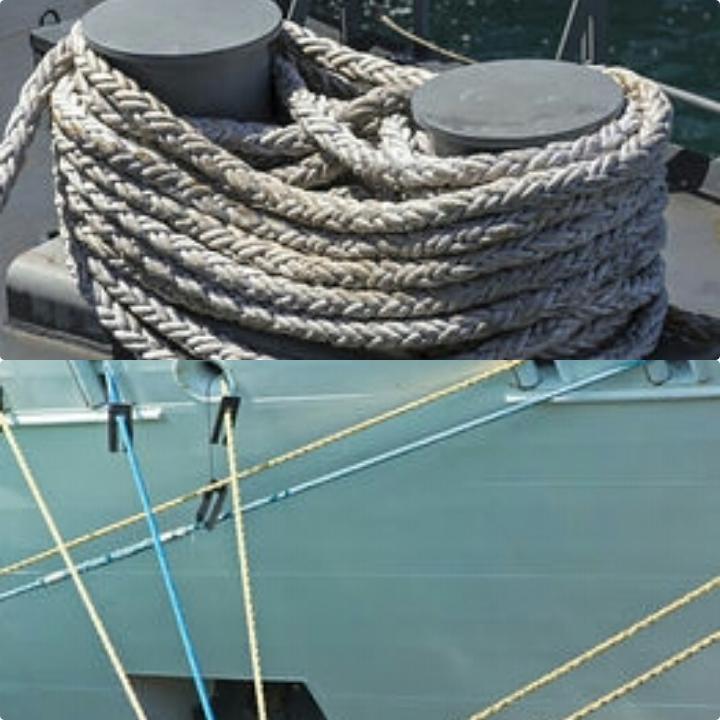
9. Safety PPE: Put on the appropriate safety Personal protective equipment (PPE), to avoid injuries. For ship mooring, you require to put on a helmet, hand gloves, safety boots, and goggle.
Have more ship mooring safety tips to add to the above points, kindly drop them on the comment box below.
If you find this article useful, share with friends and subscribe for weekly newsletters.



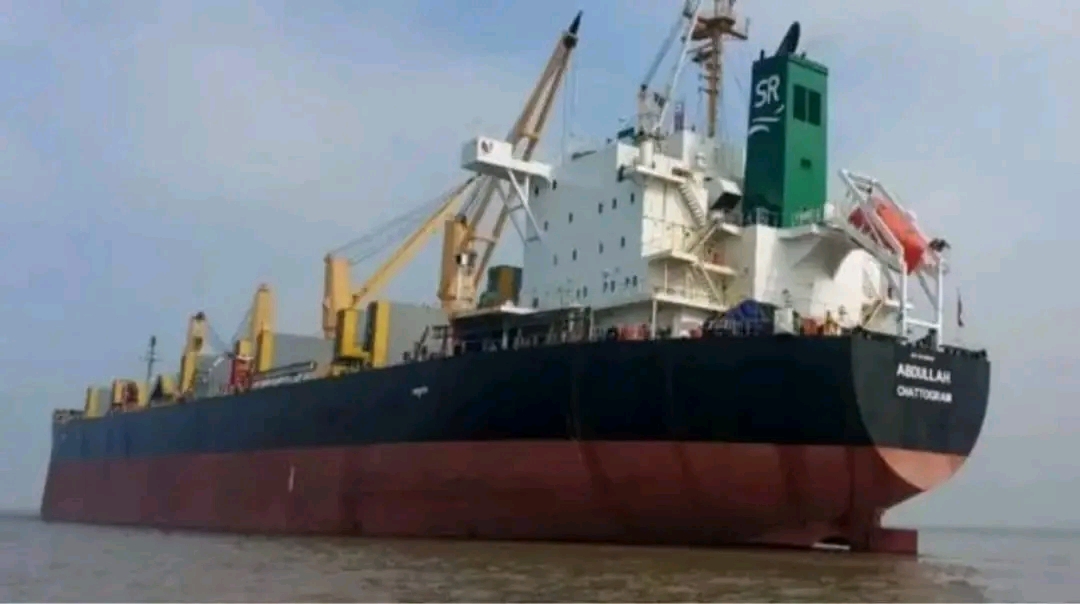
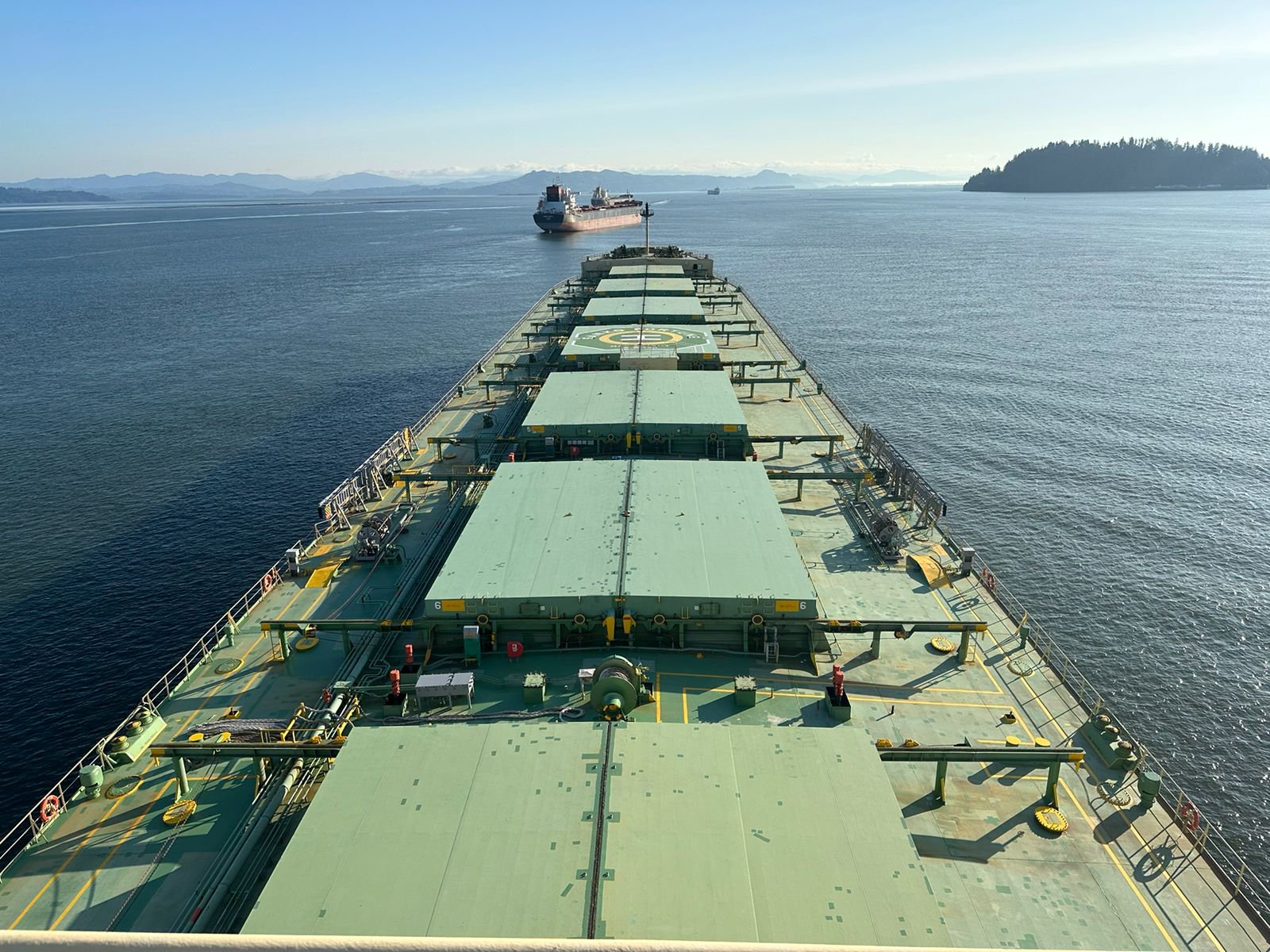
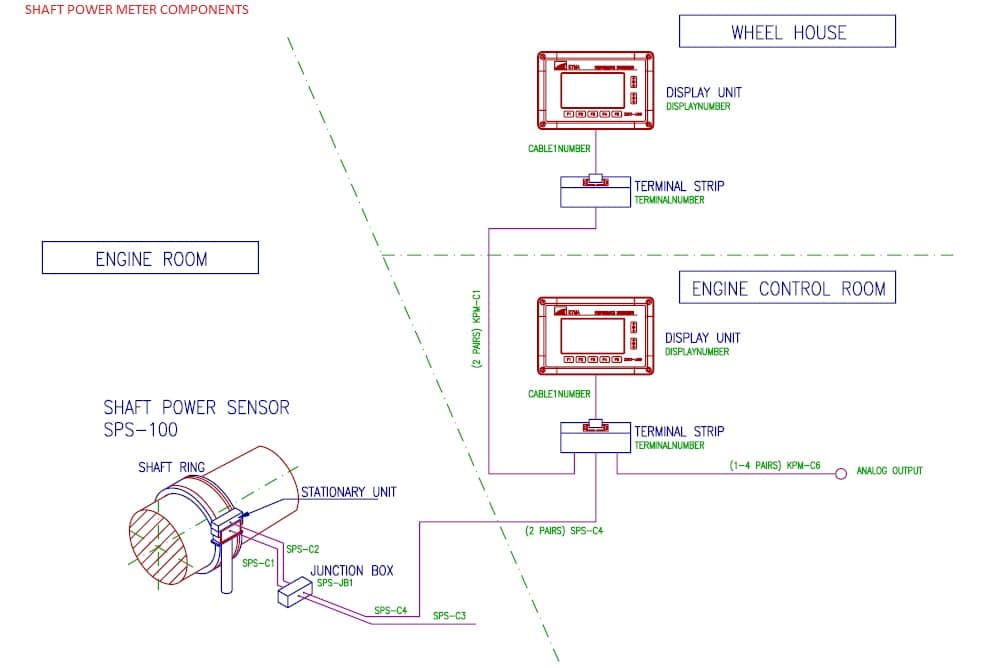
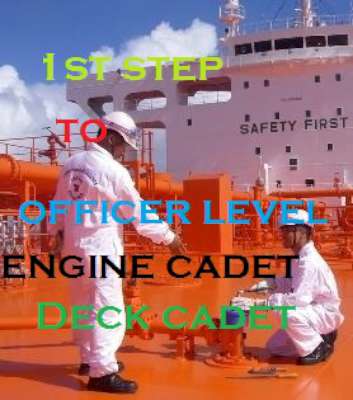
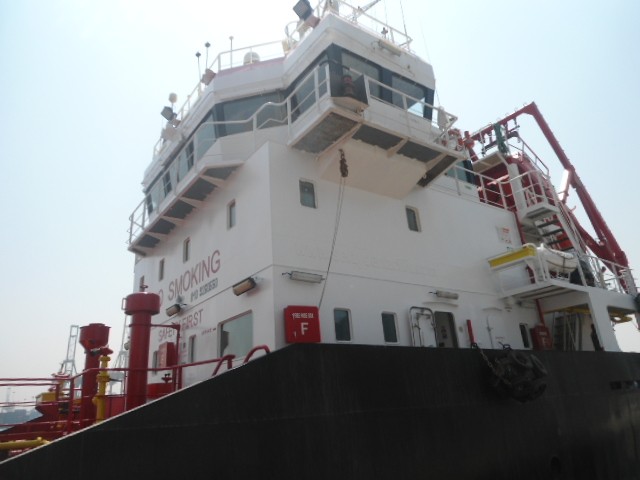


5 thoughts on “9 Important Ship Mooring Safety Tips”
Pingback: Life And Health Insurance - Why It's Important For Seamen. - Marine And Offshore Insight
Pingback: 5 Important Ways To Maintain Pilot Ladder To Avoid Accidents Or Loss Of Life At Sea - Marine And Offshore Insight
Pingback: Ship Windlass Not Taking Load Or Faulty - Possibly Reason - Marine And Offshore Insight
Pingback: Ship Crew Responsibility During Emergency! - Marine And Offshore Insight
Pingback: Snapped Mooring Line Kill One Ship Crew And Leave Two Injured - Marine And Offshore Insight